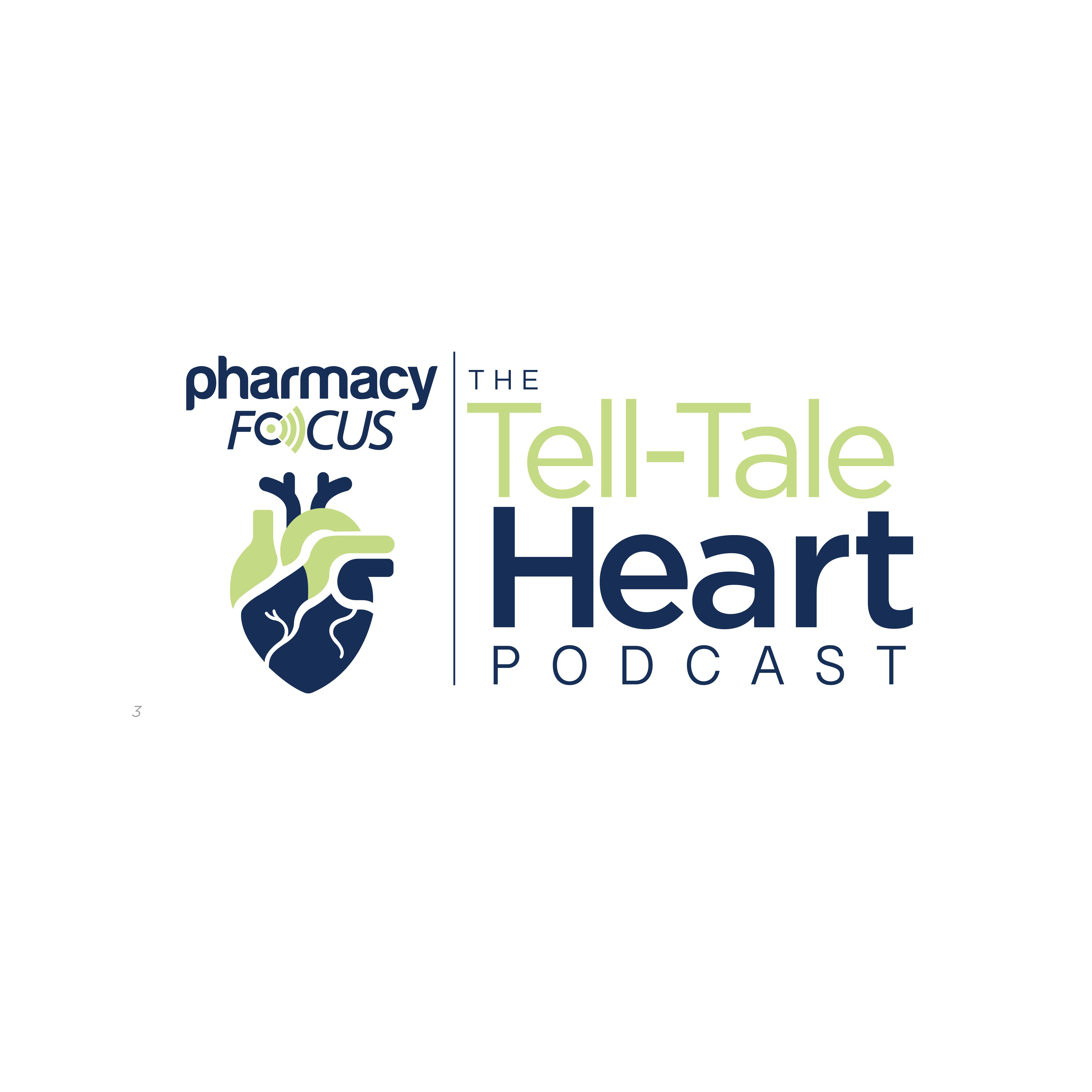News
Article
IVIG Increases Platelet Counts in Pregnant Patients With Severe Thrombocytopenia, With Identifiable Aspects of Response
Author(s):
IVIG treatment significantly boosts platelet counts in pregnant people with thrombocytopenia, revealing key predictors for effective response and optimizing clinical decisions.
Intravenous immunoglobulin (IVIG) administration in pregnant individuals with moderate-to-severe thrombocytopenia led to a significant platelet response, with study authors successfully identifying predictive factors for such a response, according to results published by the investigators in Transfusion and Apheresis Science.1
Image Credit: © ProArt Studios - stock.adobe.com

Thrombocytopenia can be a complication of pregnancy and affect maternal and fetal health because of decreasing platelet counts. Although the condition is relatively frequent, immune thrombocytopenia (ITP)—which constitutes 1% to 3% of thrombocytopenia cases in pregnancy—is more severe and can lead to more serious adverse effects. ITP has been found in some studies to respond to plasma-based interventions, including corticosteroids and IVIG.2
IVIG can be utilized as a first-line treatment to reduce the risk of bleeding, and when administered at a proper dose, it can quickly increase platelet counts. However, there is a lack of clear guidance on treatment thresholds and the variable clinical responses to treatments for ITP in pregnancy, and overall, literature on IVIG’s effectiveness is lacking due to high costs and limited supply of the treatment. Investigators have previously discussed the preference of IVIG over corticosteroids due to a quicker response, though it may be less effective.
In this retrospective trial, the investigators sought to better elucidate the role of IVIG in treating moderate-to-severe thrombocytopenia—designated by a platelet count less than 100 x 109/L—in pregnant patients. Furthermore, they aimed to determine predictors of IVIG response to help better tailor clinical decision-making and optimize use of the high-cost product.1
The cohort study utilized data from all pregnant persons who received IVIG for moderate-to-severe thrombocytopenia and who delivered at The Ottawa Hospital between 2007 and 2020. Of 651 deliveries with moderate-to-severe thrombocytopenia, 79 received IVIG at a median dose of 70 g. The investigators examined the incremental platelet count response following administration of IVIG.1
Considering all 79 deliveries, median platelet counts pre- and post-IVIG were 62 × 109/L (interquartile range [IQR] 48.5—73) and 79 x 109/L (IQR 62—132.5), respectively. Critically, platelet count increased by 80 × 109/L or more in 39 pregnancies (49.4%), while an increment of 20 × 109/L or more was achieved in 37 pregnancies (46.8%), demonstrating significant efficacy at reaching platelet goals.1
After excluding 22 deliveries in which another treatment was used, such as corticosteroids or platelet transfusion, the investigators analyzed the 57 remaining deliveries to determine predictors of platelet response following IVIG administration. They found that the odds of a platelet count of 20 × 109/L during treatment were increased for those with a nadir platelet count less than 30 x109/L, immature platelet fraction (IPF) of less than 16%, and pre-IVIG platelet count less than 50 x109/L.1
The investigators of this trial specifically included those with moderate-to-severe cases of thrombocytopenia while excluding those receiving concomitant treatments to better identify precise factors of response. With data collection over a 14-year period, the results of the trial provide a thorough analysis of the effectiveness of IVIG in a real-world setting while addressing gaps in research for treating thrombocytopenia in pregnancy.1
“Unanswered questions include clinical outcomes in mothers and infants, cost-effectiveness of IVIG treatment, and optimal timing and dosing for best responses,” the study authors concluded. “Prospective studies and randomized trials, though challenging, are needed to confirm IVIG efficacy and shape clinical guidelines.”1
REFERENCES
1. Khalife R, Niu B, Perelman I, et al. Predictors of platelet count response following intravenous immunoglobulin use for maternal thrombocytopenia. Trans Apheresis Sci. 2025;64(3):104125. doi.org/10.1016/j.transci.2025.104125
2. Gernsheimer T, James AH, Stasi R. How I treat thrombocytopenia in pregnancy. Blood. 2013;121(1):38-47. doi.org/10.1182/blood-2012-08-448944
3. Halpern L. Lower dose of IVIG remains effective in treating pediatric immune thrombocytopenia compared with higher dose. Pharmacy Times. Published October 3, 2024. Accessed May 30, 2025. https://www.pharmacytimes.com/view/lower-dose-of-ivig-remains-effective-in-treating-pediatric-immune-thrombocytopenia-compared-with-higher-dose
4. Qu B, Zhao Y, Sun B. Assessment of resident physicians in professionalism, interpersonal and communication skills: a multisource feedback. Int J Med Sci. 2012;9(3):228-236. doi:10.7150/ijms.3353
Newsletter
Stay informed on drug updates, treatment guidelines, and pharmacy practice trends—subscribe to Pharmacy Times for weekly clinical insights.






